Let’s watch an ad first. Can you guess which product this ad is promoting if you just watch the first half?
The golf ball in the ad rolls itself into the hole, just like it has eyes! Physicists must be dejected after watching this. I can’t believe this is happening unless it’s a movie. Not only is the ball that can find its way is not a film actor, but the ad is also made by real recording without any special effects. The amazing ball has its name - Propilot, developed by Nissan.

The real purpose of Nissan is to demonstrate its autopilot system, ProPILOT 2.0, which is more advanced in functions than ProPILOT Assist.
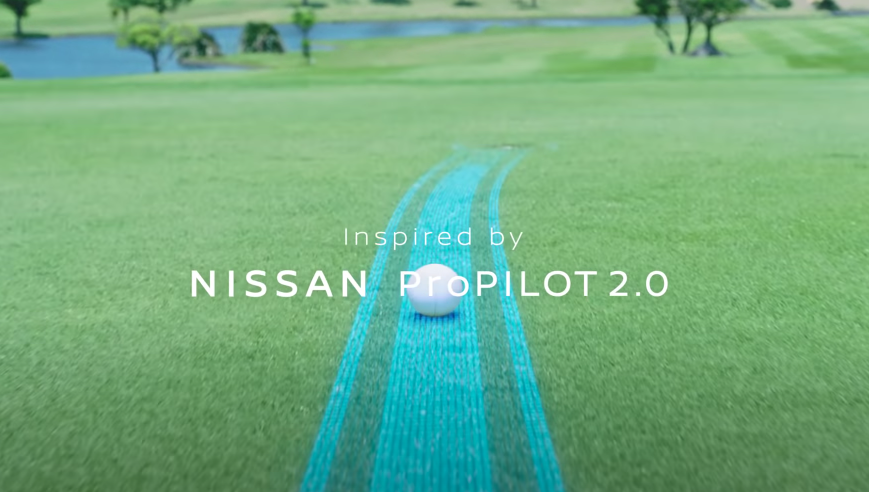
The system can replace the driver to use map data, camera and radar to reach the destination so as to complete the navigation. It can also assist the driver to overtake and change lanes while driving on a multilane expressway until leaving according to the preset route, so that the driver can get his hands off the wheel on the qualified expressway.
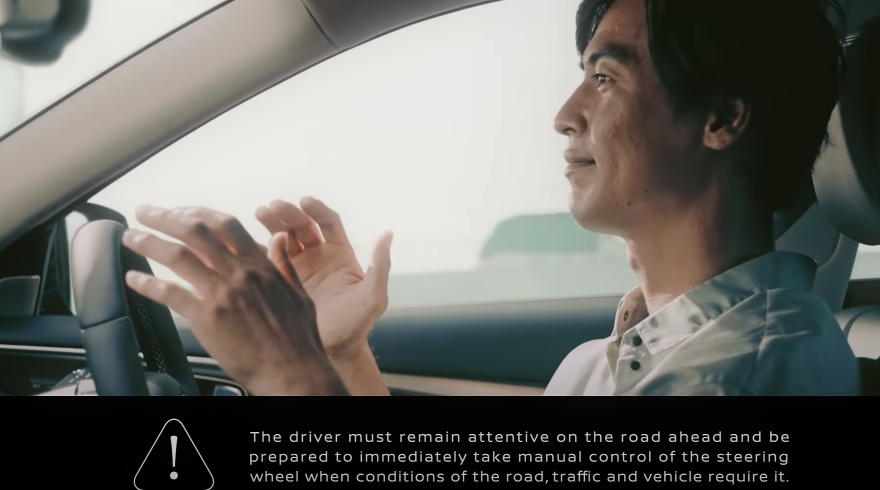
Let’s focus back on this little golf ball.
Nissan's "smart" golf ball, of course, is not for competition, but an innovative interpretation of the driving experience Nissan is pursuing, so that customers can more intuitively understand the power of propilot 2.0.
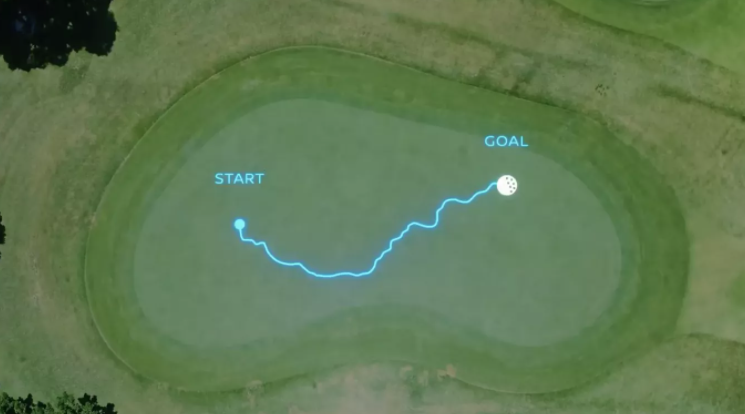
This ball with the ProPILOT 2.0 system realizes the environment perception and route setting through the connection of external camera and software. The system creates a 3D map, and the path to the hole will be updated and uploaded to the ball wirelessly when it’s rolling. The internal motor is controlled by the algorithm to control the driver in the ball. In the end, the golf ball will "drive" into the hole according to the uploaded direction.
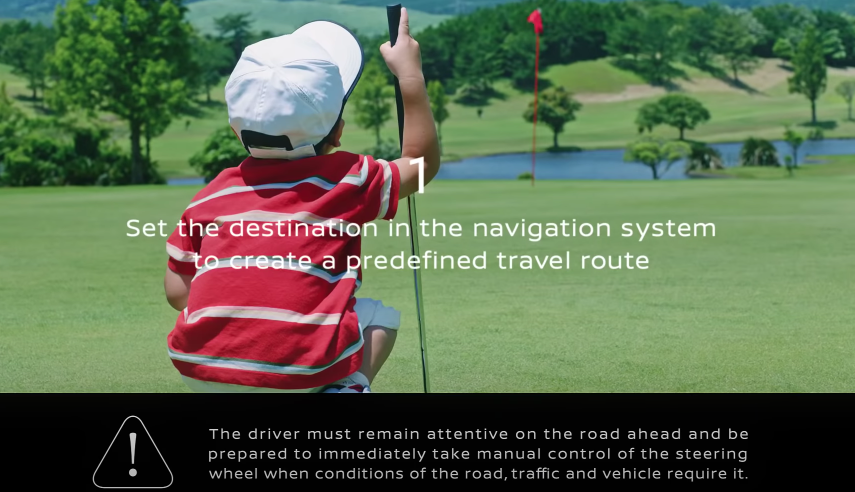
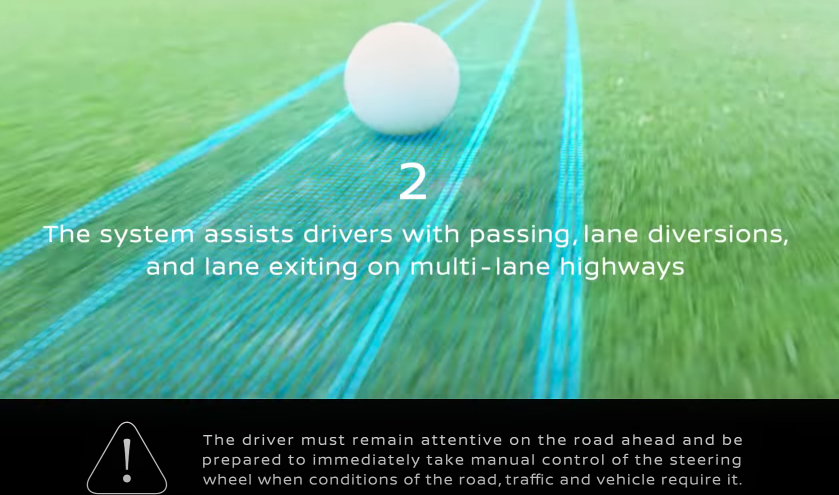
If everything goes right, the ball will automatically correct its direction during its “driving”, and onlookers will find it jaw-dropping to witness the ball make a huge turn if the direction is too far away. Nissan has also created a space at its Yokohama headquarters for visitors to try and experience this cool technology.

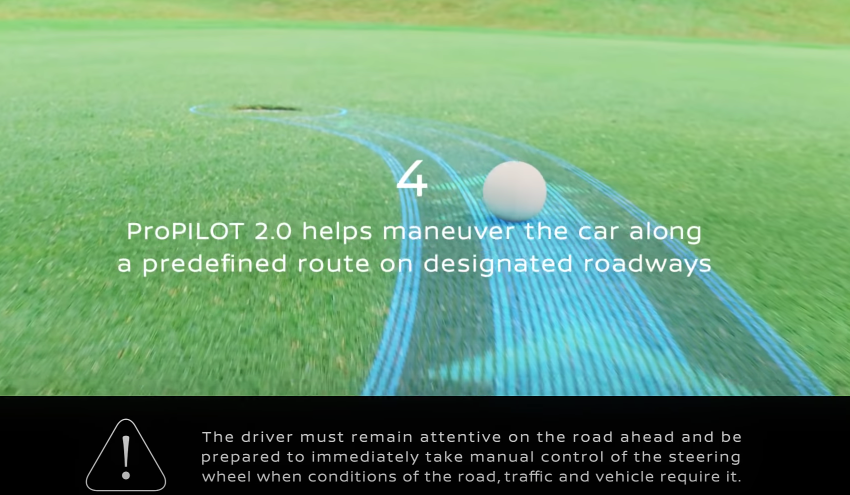
The hands-off feature is just one result of safety development that dates back to the 1990s. “Our team started the development of ADAS (advanced driver assistance system) technology 20 years ago,” explains Tetsuya Iijima, general manager of autonomous driving and ADAS at Nissan. “And in the first 10 years, we were mostly focusing on the driver assistance technology to help avoid accidents.”
